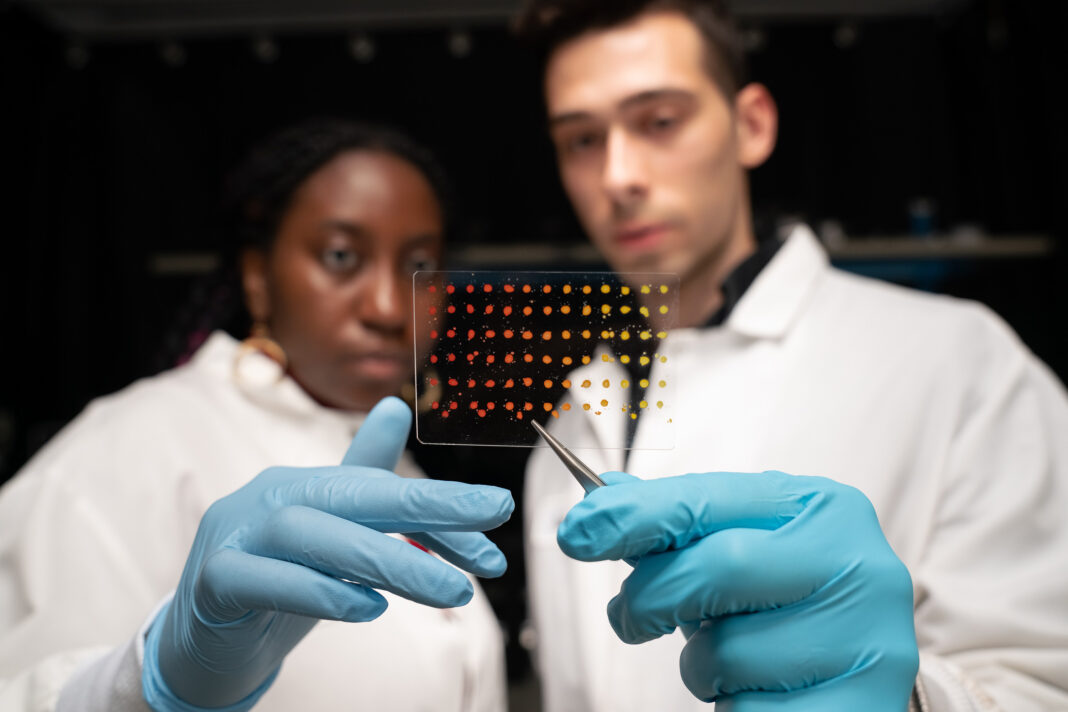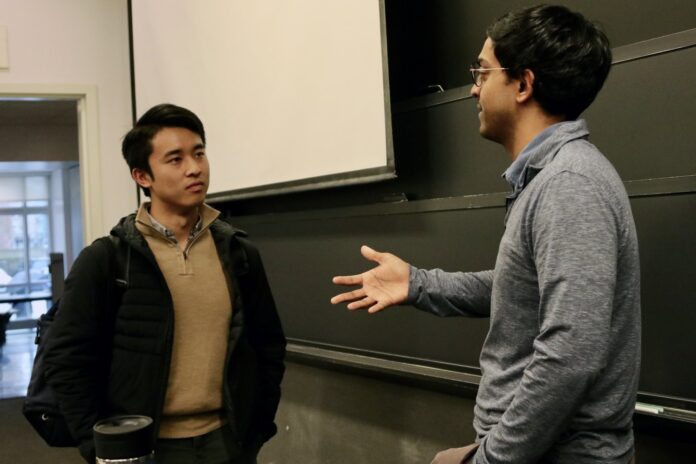In Short:
To boost the performance of solar cells, transistors, LEDs, and batteries, scientists are utilizing AI tools to identify promising materials from millions of chemical formulations. MIT engineers have developed a new computer vision technique that can characterize electronic materials 85 times faster than the standard approach. This technique, which estimates band gap and stability, will be integrated into an autonomous lab to speed up the search for advanced materials.
MIT Engineers Develop Computer Vision Technique to Speed Up Characterization of Electronic Materials
Boosting the performance of solar cells, transistors, LEDs, and batteries requires better electronic materials with novel compositions. To accelerate the search for advanced functional materials, scientists are using AI tools to identify promising materials from hundreds of millions of chemical formulations. Engineers are also developing machines that can print hundreds of material samples simultaneously based on chemical compositions suggested by AI search algorithms.
Faster Characterization Process
However, confirming that these printed materials perform as expected has been a challenge. MIT engineers have now developed a new computer vision technique that significantly speeds up the characterization of newly synthesized electronic materials.
The technique analyzes images of printed semiconducting samples and quickly estimates two key electronic properties for each sample: band gap (a measure of electron activation energy) and stability (a measure of longevity).
Compared to the standard benchmark approach, this new technique characterizes electronic materials 85 times faster. The goal is to incorporate this technique into a fully automated materials screening system to enhance the search for promising solar cell materials.
Power in Optics
The traditional manual characterization process is slow and time-consuming. The use of computer vision algorithms can quickly analyze optical features in an image to estimate electronic properties such as band gap and stability.
The team developed two new computer vision algorithms to automatically interpret images of electronic materials: one for band gap estimation and the other for determining stability. These algorithms can process highly detailed hyperspectral images and standard RGB images to assess the properties of electronic materials.
Material Compositions
The team applied the algorithms to characterize the band gap and stability of around 70 printed semiconducting samples. Using a robotic printer, different compositions of perovskites were deposited on a slide for analysis.
The band gap extraction process took approximately six minutes for all samples, a significant improvement compared to manual characterization by a domain expert. The stability of the samples was also assessed under varying environmental conditions.
The results of the team’s algorithm-based characterization were highly accurate and significantly faster than manual measurements. The researchers envision integrating this technique into an autonomous lab for continuous materials discovery and assessment.
This development was supported by First Solar.





